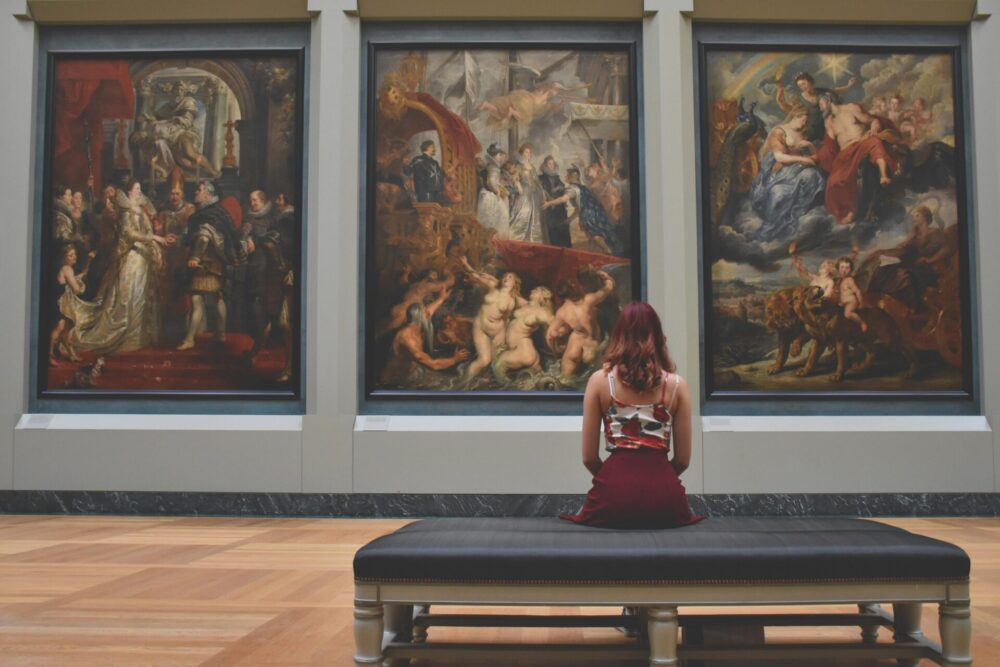
Being engaged in the arts
Do you recognize a feeling of joy that you can get when taking part in cultural activities such as music, museums, dance groups and theatre?
Getting involved with the arts can have powerful and lasting effects on health. It can help to protect against a range of mental health conditions, help manage mental ill-health and support recovery.
There are many ways to engage in arts and improve your mental health:
- Art and health programs led by artists and musicians can deliver health benefits through participatory arts programs and arts engagement in everyday life
- When we talk about the arts, we include visual and performing arts, such as traditional craft, sculpture, digital art, text, dance, film, literature, music, singing, gardening and the culinary arts
Arts can make a powerful contribution to our mental health
Engaging in the arts seems to be growing in popularity as a way to improve your well-being. Participating in the arts can enable people to deal with a wide range of mental ill-health conditions and psychological distress.
The best part is that it helps people to improve their mental health through creativity. Making art is helping many people express themselves, without having to use words.
Arts can create a feeling of community
The arts also help at a community level. As we age, we might face isolation through a loss of social connections, such as friends, family and workplace – as well as other limitations such as decreasing physical health.
Through getting involved in arts programs, people in later life can rebuild their social connections and extend existing support in their communities. Getting in touch with others helps in alleviating loneliness and isolation. This is also true for care homes, where arts activities can help increase social interactions between residents and staff, which can improve mood and well-being.
The arts’ valuable role in mental health is being recognized
More and more people now appreciate that arts and culture can play a valuable role in helping people who have mental health problems.
As we’ve noted, engaging in the arts, social activities and interaction within our communities can help with major challenges, such as ageing and loneliness. It can help to boost confidence and make us feel more engaged and resilient. Besides these benefits, art engagement also alleviates anxiety, depression and stress.
The arts and health economics – it just makes sense
Since it can be used as a non-medical approach to preventing mental health problems, it could help save money in the health service and social care.
Making art can enable people to take greater responsibility for their own health and well-being, by helping maintain levels of independence and curiosity and improve the quality of life by bringing greater joy.


